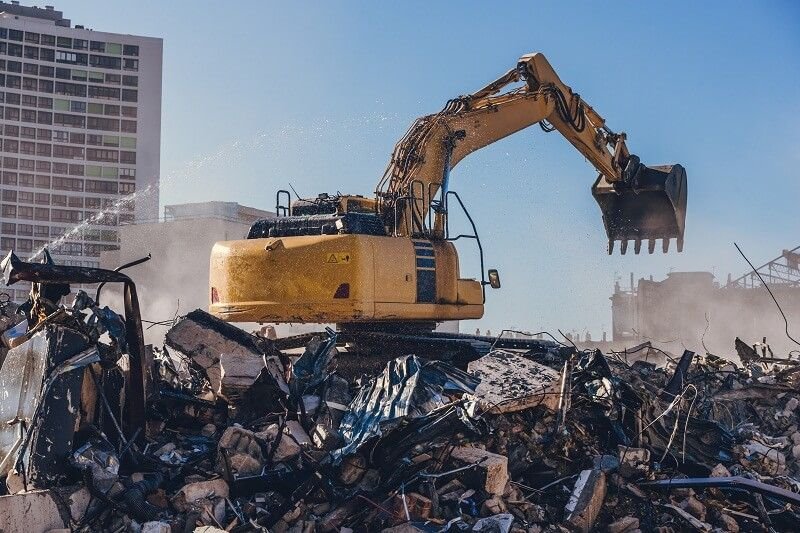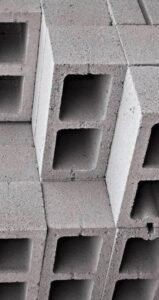In the construction industry, there are different phases where the total process accomplishes one after another. From the stage of demolition to a new sculpting process, the environmental issues arise and which need to be sophisticatedly handled for a sustainable process. The process of selecting the correct material which complies with the definition of sustainable material often comes with lots of challenges in construction. In this discussion, the emphasis will be given on a few possible factors which manipulate the well-being of the sustainable materials to drawbacks of it.


HIGHER UPFRONT COSTS IN SOME CASES


Sustainable materials may bring up cost uprisings in the initial investment. In mega projects, it may lead to an extensive budget; however, in the long run, it pays off. Nevertheless, it might discourage investors, stakeholders to cope up with the immediate effect due to cost increase. Here the experts like architects, engineers can play a vital role to explain the long-term scenario. Because the regular building materials often include hidden costs on a scheduled interval, but sustainable materials can save the money in the long run. Other than that, another drawback is if the material is imported, then there might be additional cost constraints due to its high duty fee and other customs issues, which may vary from different country regions.
LIMITED AVAILABILITY IN CERTAIN REGIONS
Construction materials costing are affected due to whether it’s easy to source or not. Procurement always plays a vital role in construction. Limited availability and extreme freight cost sometimes can prolong the procurement process and lead up to an unsustainable and impractical solution if the sourcing is not convenient. Because it is related to the overall costing of an individual project and it impacts a massive footprint in the overall construction timeline.

KNOWLEDGE GAPS
In terms of sustainable materials, the construction industry is not yet well aware. In the developing nations, most builders are more focused on the conventional available materials because of a lack of knowledge and less marketing of the product. To overcome the challenge, experts in sustainable material research can educate through seminars and workshops to close the gaps of information. It will help to grow interest in adaptation and awareness.
PERFORMANCE TRADE-OFFS COMPARED TO CONVENTIONAL MATERIALS
Quality and performance are still a challenge to meet for sustainable materials. Compared to the regular materials, it may vary and not always satisfy the investors in terms of durability, aesthetics, and performance. In large-scale projects, performance and durability are essential for the long run of the project. In that terms,
In such areas, sustainable materials have lots more to develop and ensure the investors and market trust to popularize the product for more usage.
Conclusion
To overcome the challenges associated with sustainable materials, a collaborative approach is essential. Stakeholders such as architects, engineers, project managers, and policymakers must work together to promote awareness, reduce cost barriers, and improve supply chain logistics. Investing in local production, encouraging research and innovation, and conducting frequent knowledge-sharing platforms like workshops and seminars can help close the existing gaps. As the industry gradually adapts to more environmentally conscious methods, the demand for sustainable construction will continue to grow. With time, improved technology and awareness will make sustainable materials more accessible and efficient, ensuring a promising and resilient future for the construction industry.
